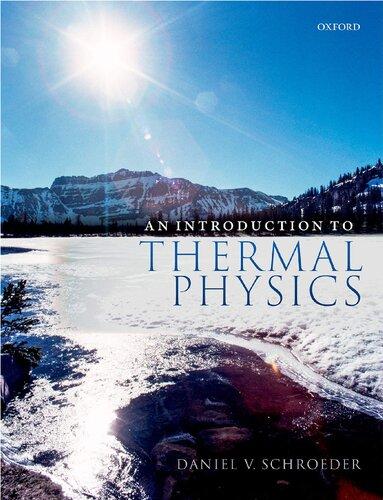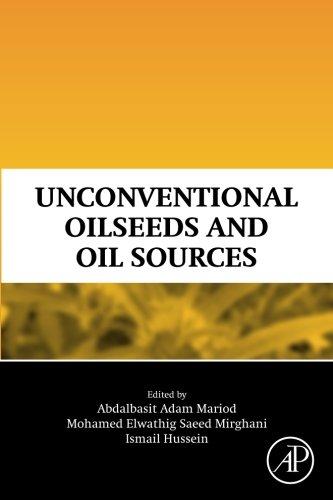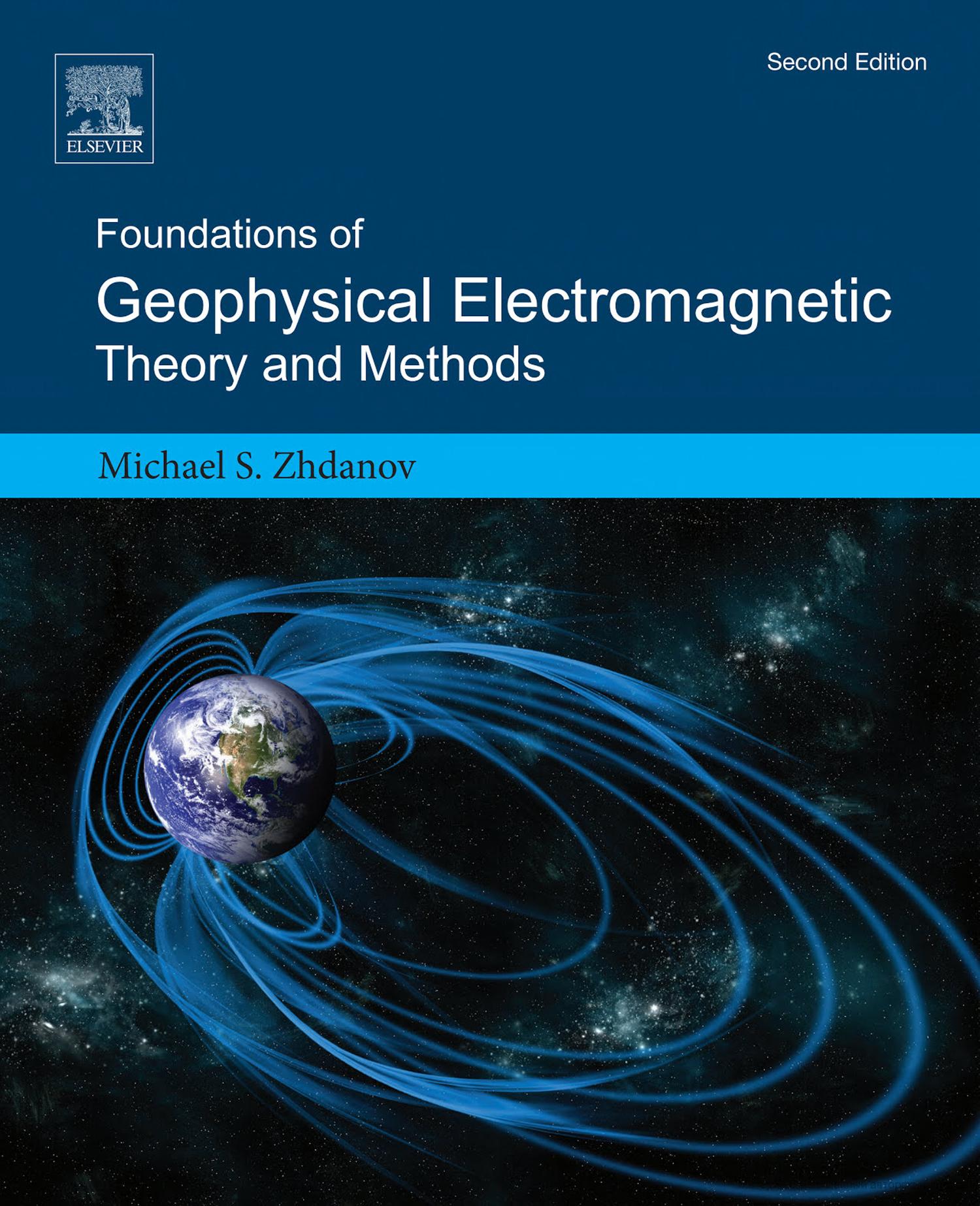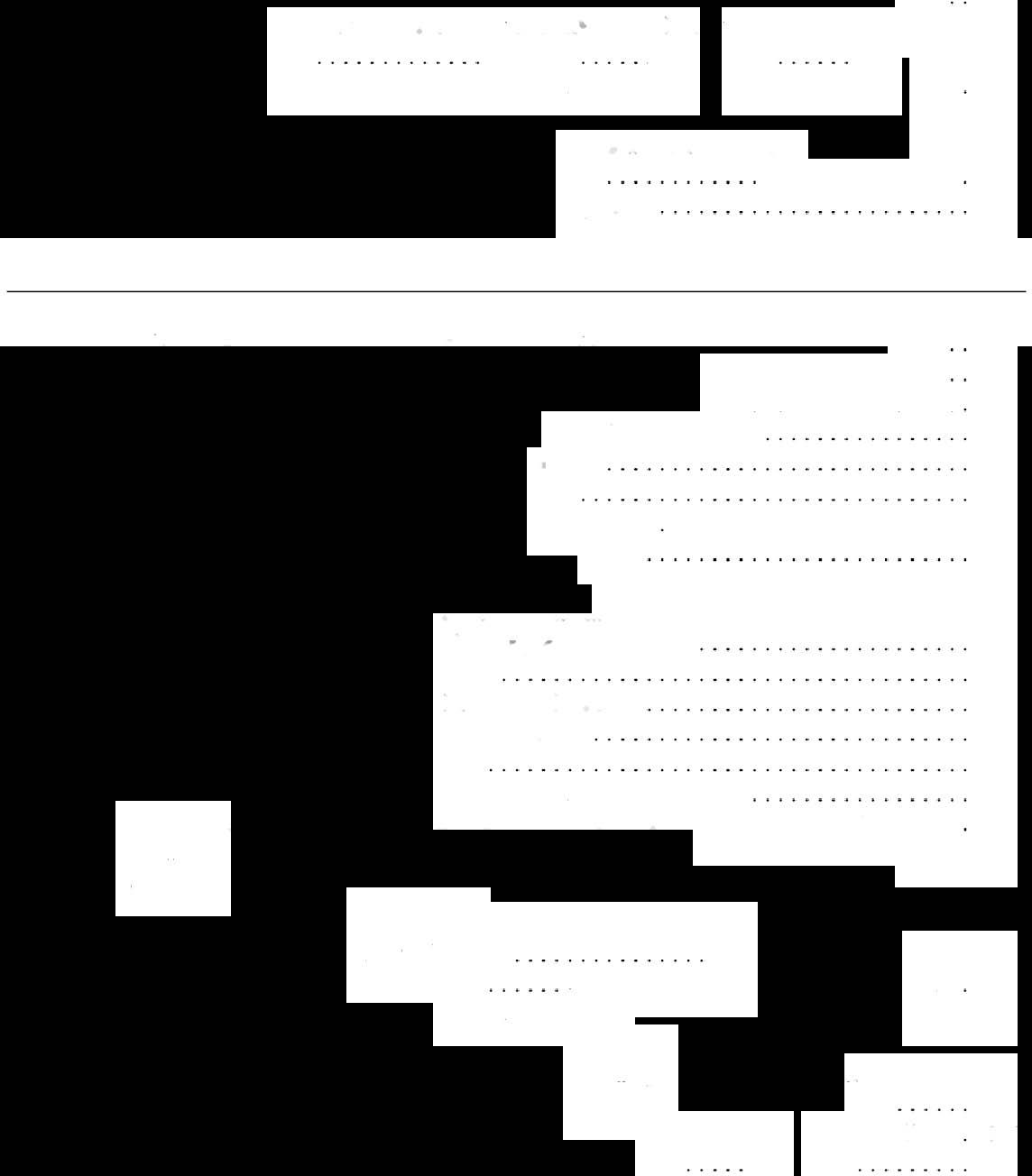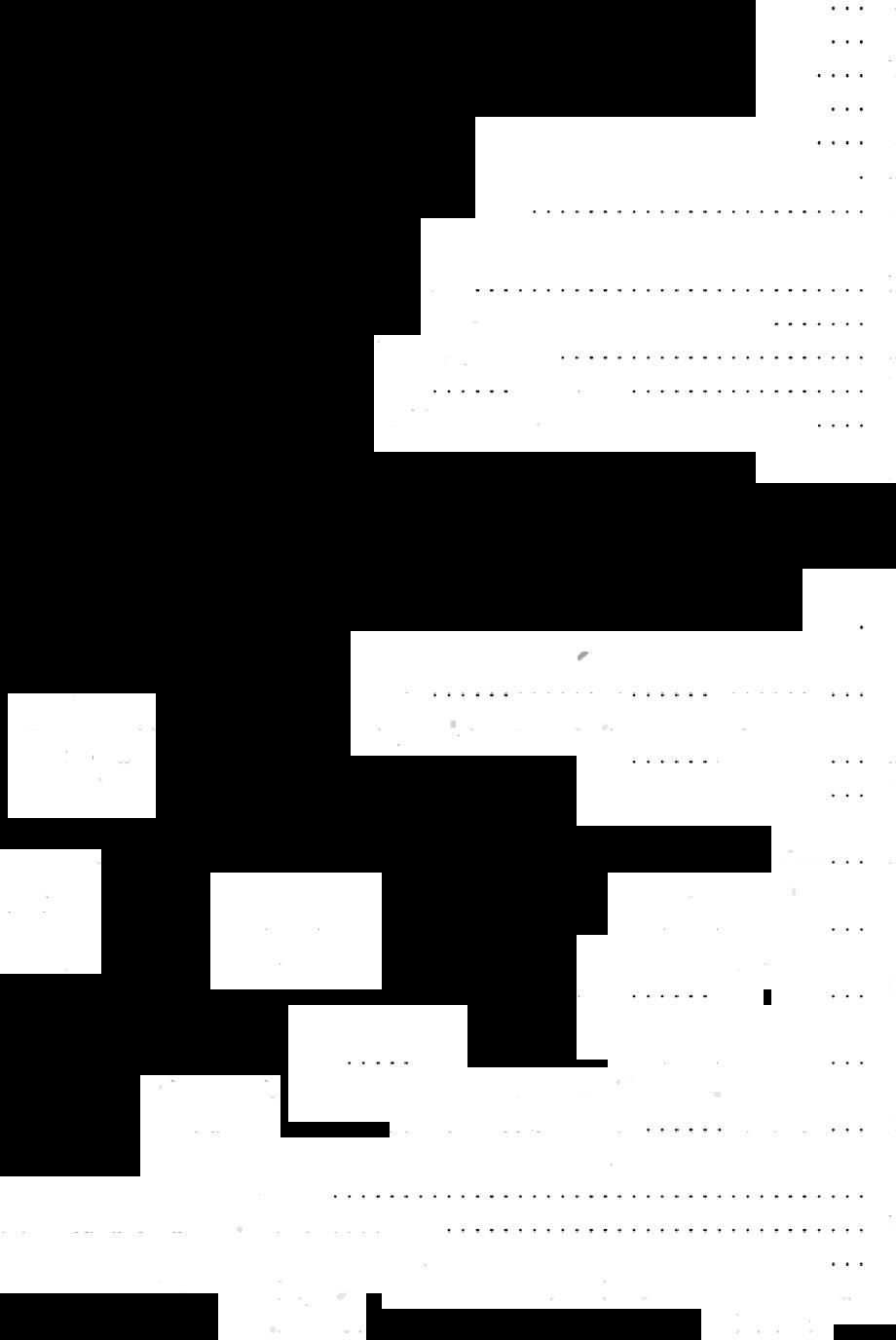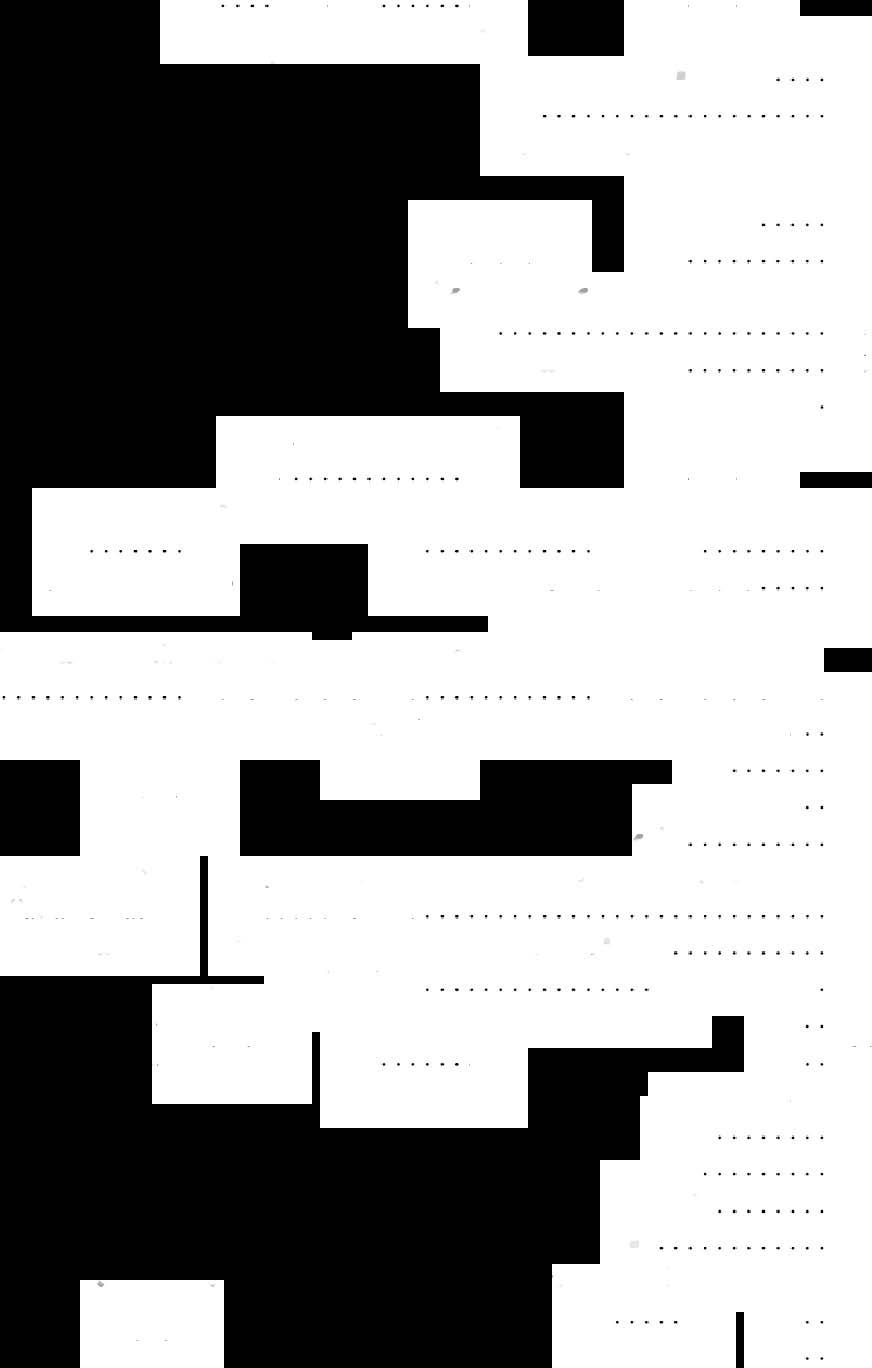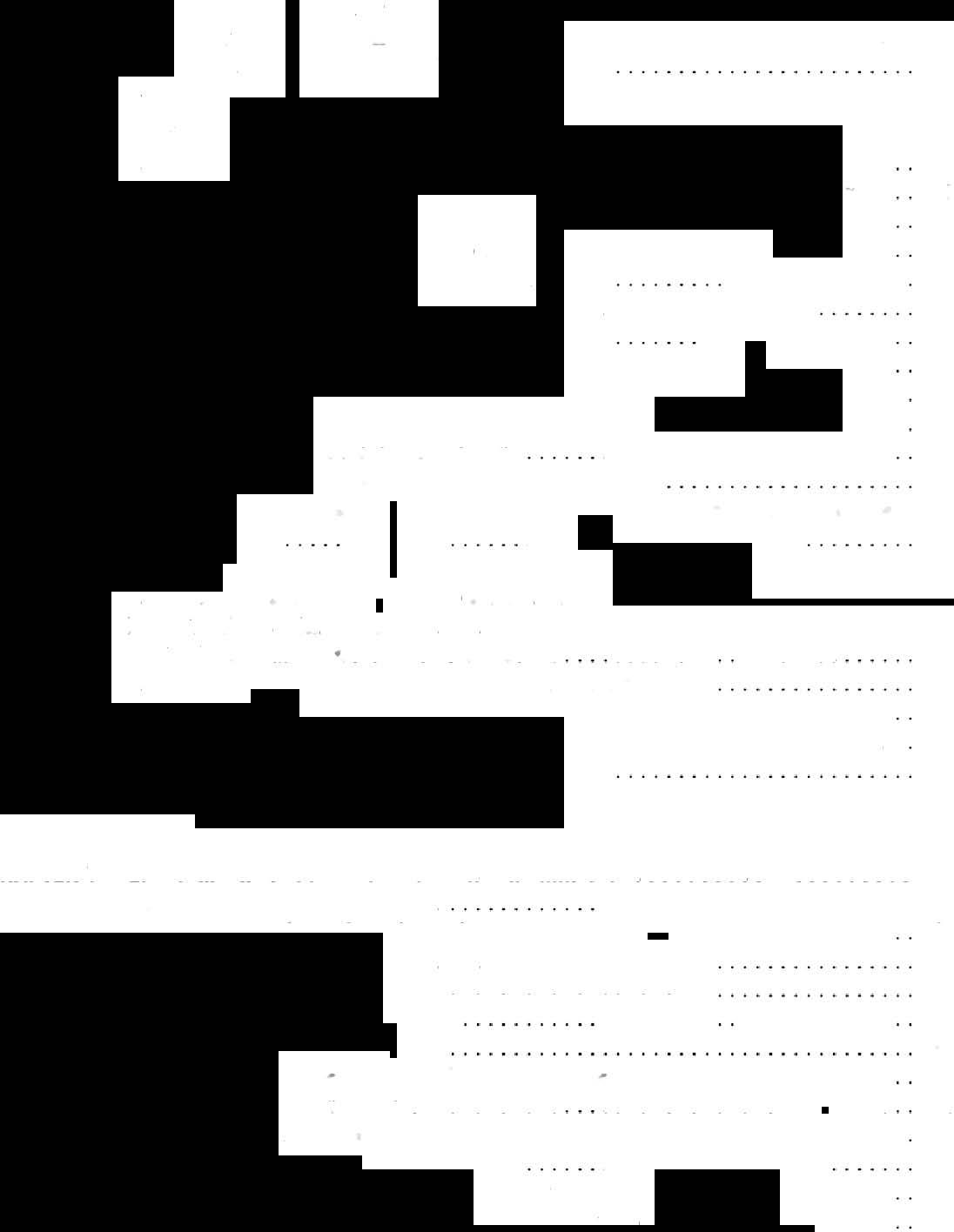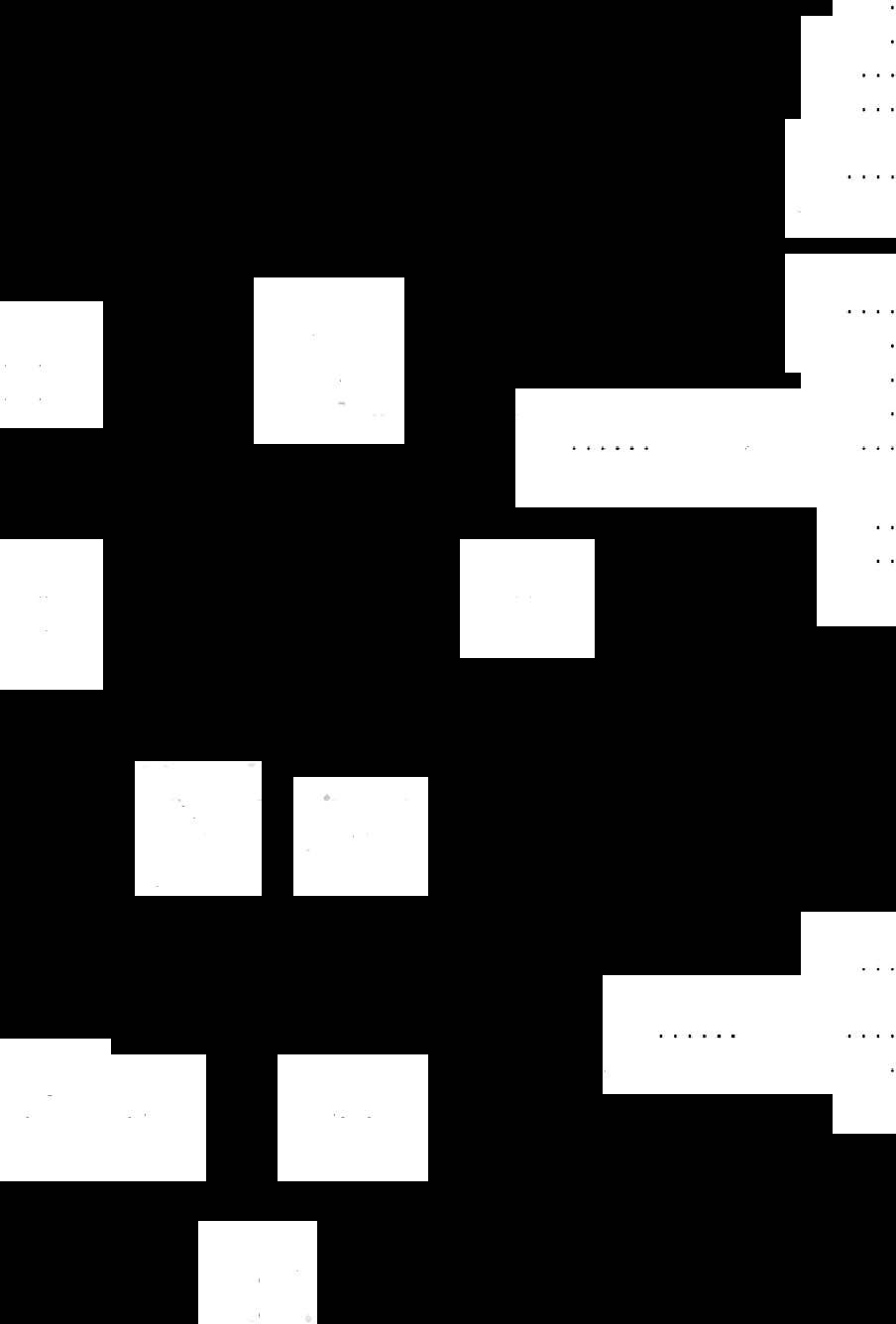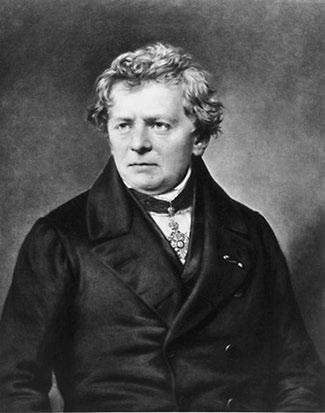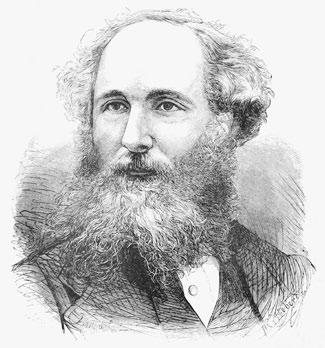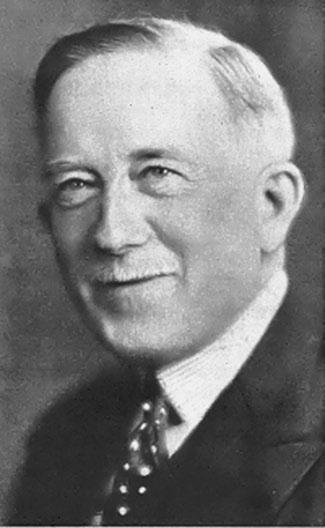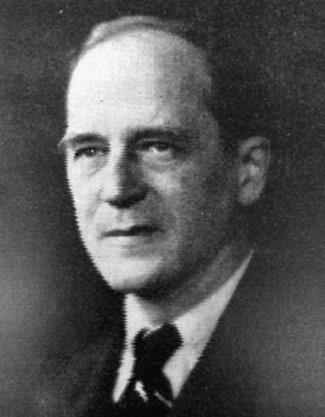Investieren in Fonds für Dummies Anke Dembowski
https://ebookmass.com/product/investieren-in-fonds-fur-dummies-ankedembowski/
ebookmass.com
An Introduction to Thermal Physics 1st Edition Daniel Schroeder
https://ebookmass.com/product/an-introduction-to-thermal-physics-1stedition-daniel-schroeder/
ebookmass.com
CURRENT Medical Diagnosis and Treatment 2021 Maxine A. Papadakis
https://ebookmass.com/product/current-medical-diagnosis-andtreatment-2021-maxine-a-papadakis/
ebookmass.com
Seeing Comics through Art History: Alternative Approaches to the Form Maggie Gray
https://ebookmass.com/product/seeing-comics-through-art-historyalternative-approaches-to-the-form-maggie-gray/
ebookmass.com
3D and 4D Printing of Polymer Nanocomposite Materials: Processes, Applications, and Challenges 1st Edition Kishor Kumar
Sadasivuni
https://ebookmass.com/product/3d-and-4d-printing-of-polymernanocomposite-materials-processes-applications-and-challenges-1stedition-kishor-kumar-sadasivuni/
ebookmass.com
Abdalbasit Adam Mariod Alnadif
https://ebookmass.com/product/unconventional-oilseeds-and-oilsources-1st-edition-abdalbasit-adam-mariod-alnadif/
ebookmass.com
SecondEdition
MICHAELS.ZHDANOV UniversityofUtah, SaltLakeCity,UT,UnitedStates
PART 2 FOUNDATIONS OF ELECTROMAGNETIC THEORY CHAPTER 3
3.2 3.3 Electromagnetic Field Equations
and Boundary
3.1.1 Basic Equations in the Theory of Electromagnetic Fields
3.1.2 Physical Interpretationof MaxweWs Equations
3.1.3 Boundary Conditions for the Vector Field
3.1.4 The Field in a Homogeneous Medium Time-Hamlonic Electromagnetic Field .. Electromagnetic E
3.3.1
rgy and Poynting's The
3.3.2 Poynting's Theorem in the Time Domain. .
3.3.3 Energy Inequality in the Time Doma in
3.3.4 Poynting's Theorem in the Frequency Domain
3.4 Electromagnetic Green's Tensors
3.4.1 Green'sTensorsin the Frequency Domain
3.4.2 Green's Tensors in the Time Domain
3.5 Reciprocity Relations
3.5.1 Lorentz LCln.lna .
3.5.2 Reciprocity Relations for the Green's Tensors and Electrom
3.5.3 Electromagnetic Green ' s TensorRepresentation Theorems .
, References and Recommended Reading to Chapter 3 ,.,
CHAPTER 4 4.1 4.2 Models of Electromagnetic Inducti on in the Earth
Models of Electromagnetic Fields
Static Ele
4.2.1 Electrostatic Fields and Electrostatic Potentials
4.2.2 Boundary Conditions for Electrostatic Potential
4.2.3 Calculation of the Electrostatic Field of a SpecifiedCharge Distribution ..
4.2.4 Analogy Between Constant Current Fjelds and Electrostatic Fields 98
4.2.5 Direct Current Flow, Associated Magnetic Field, and the Biot-Savan Law 101
4.2.6 Point and Dipole Sources on a Uniform Ealth ...
4.2.7 DC Potential in an Anisotropic Earth.
4.3 Electromagnetic Field Diffusion in Conductive Media
]03
5.2.2
5.2.3
5.2.4
5.2.5 Expressions for Electric Fields in a Horizontally Layered
Using the Hankel Transform ....................................... 163
5.3 Electromagnetic Field of an Arbitrary System of Magnetospheric Currents in a Horizontally Homogeneous Medium
5.3.1 Spatial Frequency-Domain (SFD) Representation of the Electromagnetic Field in a Horizontally Layered Medium ....... .
5.3.2 Lipskaya-Vanyan Formulas Concerning Impedance Ratios.........
5.3.3 Horizontal Polarization of the Electric Field in a Horizontally Homogeneous Earth, and the Reduced Spatial Wave Number Spectrum
5.4 Electromagnetic FjeJds Generated in Layered Earth by Electric and Magnetic Djp ole Transmitters
5.4.1 Spectral Representation of the Field of a Horizonta l Current Dipole on the Surface of a Horizontally Layered Medium
5.4.2 Electromagnetic Field of a Horizontal Current Dipole at the Surface of a Homogeneous HaJf-Space
5.4.3 Frequency Domain Representation of the Field of a Vertical Magnetic Dipole Above a Horizonta lly Stratified Medium
5.4.4 The Magnetic Field of a Ve11ical Magnetic Dipole on the Surface ofa Uniform Half-Space .. .
5.4.5 Near and Far Fields ........... .
5.4.6 Frequency Domain Method for Computing Transient Fields . .. . . . .
5.4.7 Transi ent Fields of a Dipole Source Observed in a Homogeneous Medium and on the Surface of a Homogeneous Conducting Half-Space; Fields in the Near and Far Zones ......................................... .
and Recommended Reading
CHAPTER 6 Electromagnetic Fields in Inhomogeneous Media
6.1 Integral Equation Method .......
6.1.1 Background (Nonnal) and Anomalous Parts of the Electromagnetic Field 203
6.1.2 Poynting ' s Theorem and Energy In equality for an Anomalous Fi
6.1.3 Integral Equation Method in Two Dimensions.
6.1.4 Calculation of the First Variation (Frechet Derivative) of the
Electromagnetic Field for 2-D Models
6.1.5 Integral Equation Method in Three Dimensions
6.1.6 Contraction Integral Equation Method
6.1.7 Calculation of the First Variation (Frechet Derivative) of the Electromagnetic Fjeld for 3-D Models
6.1.8 Integral Equation Method in Anisotropic Medium
6.1.9 Disc rete Form of the Anisotropic IE Forward Modeling Method ......
6.1.10 Contraction Integral Equation as the Preconditioned Conventional Integral Equation
6.2 Integral Equation Method ill Models With Inhomogeneous Background
Model With Inhomogeneous Background Conductivity
6.2.2 Accura
6.3
6.3.1 Born and Extended Born Approximations
6.3.2 Quasi-Linear Approximation and Tensor
Quasi-Analytical
s for a 3-D Electromagnetic
6.3.5 Quasi.Analytical and Quasi.Bom Approximations for a Model With Variable Background ...........
6.3.6 Quasi-Analytical Solutions for 2-D
6.3.7 Localized
6.3.8 Localized Quasi-Linear Appro
6.4 Differential Eq
6.4.1 Field Equations and Boundary Conditions
6.4.2 Electromagnctk Potential Equations and Boundary Conditions
6.4.3
6.4.4
6.4.5 Finite Difference Approximation of Boundary-Value Pr
Discretization of Maxwell's Equations Using a Staggered Grid Contraction Preconditioner for a System ofFD Eq
6.4.6 Discretization of the Electromagnetic PotentiaJ Differential Equations,. , 25]
6.4.7 Finite Element Solution of Boundary-Value Problems
6.4.8 Edge·Based Finite Element Method
and Recommended
9.3.t 2-0 Finite Difference Migration
9.3.2 Finite Difference Migration of a 3-D EM Fiel
9.4 Visual ization of Geoelectric StructuresbyUseof Migration.in theFrequency and TimeDomains
9 4 1 Migration Imaging Condition in the Freq
Migration ImagingCondition in the Time Domain
9.5 Migration Versus Inversion
9.5.t Fonnulation of the Inverse Problem. .
9.5.2 General Concept of the Migration Anomalous Field
9.5.3 General Migration Imaging Conditions
9.5.4 Regularized Iterat ive Migration
13.8 Interpretation of MVP and ODS Data. .
13.8.1 Separation of Fields Into Internal and External Parts .......•.......
13.8.2 Separation of Fields Into Normal and Anomalous Parts .............
13.9 3-D Magnetotelluric Inversion
13.9.1 Tikhonov Regularization in the Full MT Impedance Tensor Inversion
13.9.2 Princip les of the Re-weighted Regularized Inversion . .
13.9.3 Minimum Support Nonlinear Parameterization .
13.9.4 Foochet Operator and Its Adj oint for Two·Component Impedance Inversion.
13.9.5 Foochet Operator for the Full Magnetotelluric Impedance Tensor Inversion.
13.9.6 Frechet Derivative Calcu lation Using Quasi-Analytical Approximation for a Variable Background (QAVB)
13.10 3D Inversion of Magnetotelluric Phase Tensor
13.10.1 MT Phase Tensor .......................•...
13.10.2 Frechet Derivative of the Phase Tensor
References and Recommended Reading to Chapter 13
CHAPTER 14 Electrom agnetic Methods in the Frequency and Time Domains
14.1 Electromagnetic Sounding in the Frequency and Time Domains ...
14.1.1 Mutual Coupling
14.1.2 Theoretic al Curves for EM Sounding in the Frequency D
14.1.3 Time-Domain El
14.1 4 Properties ofTOEM Sounding Curves .
14.2 Int
PREFACETOTHESECONDEDITION Thisbookisaneweditionofmyoriginalbookentitled“GeophysicalElectromagneticTheoryand Methods,”publishedin2009.
Overthelastyearssignificantprogresshasbeenmadeinelectromagneticgeophysics.Inthisnew edition,Ihaveincludedadditionalmaterialreflectingtherecentdevelopmentsingeophysicalelectromagneticmethods.Aspecialfocusisgiventorecentadvancesinmarineandairborneelectromagnetic methods.
Severalnewsectionshavebeenincluded.Theyarerelatedtotheneweffectivemethodsofelectromagneticmodeling(e.g.,contractionpreconditioninginintegralequationandfinitedifferencenumericalschemesandanedge-basedfiniteelementmethod)andinversion(e.g.,efficientFréchetderivative calculationoftheforwardmodelingoperator).
Thesectionontheinducedpolarization(IP)methodissignificantlyexpanded.Itnowincludesa generalizedeffective-mediumtheoryoftheIPeffect(GEMTIP)basedonamodelofthemultiphase heterogeneousmediumfilledwithellipticalinclusions.AnewsectiononnonlinearregularizedinversionofIPdatausingaGEMTIPmodelhasalsobeenaddedinthechapterondirectcurrentandinduced polarizationmethods.Achapteron3Dmagnetotelluric(MT)inversionhasbeenexpandedtoinclude anewsectiondescribingtheMTphasetensoranditsinversion.
Thisneweditionincludesalsoaseparatechapterdedicatedtotheprinciplesandnewdevelopments inairborneelectromagneticmethods.Severalverysuccessfulandimportanttechniquesformineral exploration,basedonairborneelectromagnetic(AEM)methods,havebeenintroducedoverthelast decades,includingtheairbornenaturalfieldmethod(e.g.,ZTEM).However,untilrecently,theinterpretationofAEMdatawasmostlybasedonone-dimensionallayeredearthmodels.Thislimited theeffectivenessoftheairbornesurveysinexplorationfornaturalresourcessignificantly,becausethe geologicalstructureoftypicalexplorationtargetsisthree-dimensional.Therecentdevelopmentofrigorousthree-dimensionalmethodsoftheinversionofAEMdatahasresultedinaparadigmchangein airborneelectromagneticsbyallowingthegeophysicisttoproduceundistortedimagesofthetargets. Thisrecentdevelopmentisoutlinedinanewbookchapteraswell.
Anotherchapteroftheneweditionpresentsseveralcasehistoriesonthesuccessfulapplication ofelectromagneticmethodsfortectonicstudiesandformineral,oilandgasexploration.Thisnew chaptercomplementsthetheoreticalpartsofthebookbyprovidinganillustrationofhowadvanced electromagnetictheoryandmethodscanimproveoutabilitytosee“unseeable”subsurfacegeological formations.
SaltLakeCity,Utah May,2017
MichaelS.Zhdanov
PREFACE Geophysicalmethodsarebasedonstudyingthepropagationofthedifferentphysicalfieldswithinthe earth’sinterior.Oneofthemostwidelyusedfieldsingeophysicsistheelectromagneticfieldgeneratedbynaturalorartificial(controlled)sources.Electromagneticmethodscompriseoneofthethree principletechnologiesinappliedgeophysics(theothertwobeingseismicmethodsandpotentialfield methods).Inthisbooktheauthorpresentsboththefoundationsandthemostrecentachievementsof electromagneticgeophysicalmethodsintheframeworkofaunifiedsystematicexposition.
Thebookisdividedintofourpartscoveringthefoundationsoffieldtheoryanditsapplications toappliedelectromagneticgeophysics,includingnewemergingmethodsofmarineelectromagnetic exploration.Thefirstpartisanintroductiontofieldtheoryrequiredforunderstandingthebasicsof geophysicalelectromagnetictheory.Thesecondpartcontainsalltheprincipalelementsofgeophysical electromagnetictheoryfromadescriptionofthefundamentalMaxwell’sequationstomodernmethodsofmodelingelectromagneticfieldsincomplex3-Dgeoelectricalformations.Thefollowingpart, Part 3,dealswithimportantaspectsoftheelectromagneticmethods,whichincludeprinciplesofthe regularizedsolutionofill-posedinverseelectromagneticproblems,one-dimensionalandmultidimensionalimagingandinversionofelectromagneticdata,andgeneralinterpretationtechniques.Thefinal part,Part 4,coversspecificgeophysicalelectromagneticmethods.
Whilethefoundationsofelectromagnetictheory,usedingeophysicalmethods,wereestablished morethanacenturyandahalfagointheworksofAmpere,Faraday,Maxwell,Gauss,andmanyother greatscientists,themostremarkableadvancesingeophysicalexplorationtechnologyweremadeatthe endofthe20thcenturyandarecontinuingtobemadeinthe21stcentury.InthisbookIemphasizethe linkbetweenthegreatdiscoveriesinphysicsandmathematicsandpracticaladvancesinexploration methods.Ialsowouldliketoattracttheattentionofthereaderstothefactthatourunderstandingof thebasiclawsofelectromagnetismhasbeenchangingrecently.
Thefundamentalsystemofelectromagneticfieldequations,Maxwell’sequations,wasdevelopedas ageneralizationofthebasiclawsofelectromagnetismestablishedinthefirsthalfofthe19thcentury. Intheframeworkofclassicaltheory,theelectromagneticfieldisdescribedbytheelectricandmagnetic vectorfields,andMaxwell’sequationsrepresentasystemofdifferentialequationswithrespecttothese vectorfields.
Duringthelastdecade,analternativeapproachtotheformulationofMaxwell’sequationshasbeen developed.Thisapproachisbasedonthealgebraictheoryofdifferentialforms,anditresultsina verycompactandsymmetricsystemofdifferentialformequationswhichisalsopresentedinthebook (Chapters 1 and 2,Appendices A and B).Thisnewapproachtotheformulationandunderstandingof thebasicpropertiesofthelawsofelectromagnetismhasastrongpotentialtostimulatethefuturedevelopmentofelectromagneticgeophysics.ThatiswhyIfounditusefultoincludethisadvancedmaterial inthemanuscript.Atthesametime,inChapter 3,Ipresentaclassicaldescriptionofelectromagnetic theory,usingthetraditionalGibbsianvectorformofMaxwell’sequations.Thereaderwhoismore interestedinpracticalapplicationsthaninanewtheoreticaldevelopmentinelectromagnetismmay skipthesectionsofChapters 1 and 2 dedicatedtodifferentialformrepresentation,andbeginreading directlywiththetraditionaltheoryofMaxwell’sequations,presentedinChapter 3.
Anothercriticaldevelopmentofelectromagneticgeophysicsduringthepastseveraldecadeshas beentakingplaceinthecomputationalmethodsassociatedbothwithforwardmodelingandwiththe inversionofgeophysicaldata.WeconsiderdifferentaspectsofforwardmodelinginChapters 4, 5,and 6,startingwithsimplemodelsofelectromagneticinductionintheearth,examiningfieldpropagation inhorizontallystratifiedmedia,anddevelopingadvancedmethodsofnumericalcomputersimulation oftheelectromagneticfieldincomplexinhomogeneousgeoelectricalstructures.InChapters 7, 8,and 9 wewilldiscussimportantaspectsoftheinversionandimagingofelectromagneticdatawhicharecommontoallgeophysicalmethods.Theseaspectsincludetheformulationoftheprinciplesofregularized inversionofill-posedgeophysicalinverseproblemsandthedevelopmentofeffectivenumericalinversionalgorithms.Idemonstratethatthisapproachprovidesaneffectivetoolforcomprehensiveinversion ofelectromagneticdata.However,inversionmeetssignificantdifficultiesbecauseoftheenormous amountofcomputationsrequiredinthecaseofthemultitransmitterandmultireceiverdataacquisition systemstypicalformodernelectromagneticgeophysicalsurveys.Thereexists,however,analternative approachtothesolutionofthisproblembasedontheprinciplesofelectromagneticholography/migration,whichextendstoelectromagneticcasesthemethodsofopticalandradioholographyandof seismicmigration.Ireviewthephysicalandmathematicalprinciplesofelectromagneticmigrationin Chapter 9
Thus,thefirstthreepartsofthebookcomprisethetheoreticalfoundationofappliedelectromagnetic geophysics.Theyarefollowedbythefinalpart, 4,whichexposesthemajorgeophysicalelectromagneticmethods.Part 4 openswithChapter 10 outliningtheelectromagneticpropertiesofrocksand mineralsinboththeparametricandexistentialsenses.InChapter 11,Iconsiderthepracticalaspectsof thegenerationandmeasurementofelectromagneticfieldsingeophysicalapplications.Thesechapters arefollowedbyfourchaptersdescribingthemostwidelyusedgeophysicalmethods–directcurrent andinducedpolarizationmethods,magnetotelluricandcontrolled-sourcemethods,aswellasmarine, airborne,andothertechniques.Thesechaptersalsocontainsomeupdatedmaterialfromthebook“The GeoelectricalMethodsinGeophysicalExploration,”byM.S.ZhdanovandG.W.Keller,publishedin 1994.Inparticular,Part 4 includesseveralsectionsformulatingthefoundationsandprinciplesofmodernIPmethods,airborneelectromagneticinductionmethods,andmarineMTandcontrolled-source electromagneticmethodsofhydrocarbonexploration.Notethateachchapterinthebookconcludes withalistofreferences.Amasterbibliographyisgivenattheendofthetext,forconvenience.
Insummary,thegoalofthisbookistobringtogetherthefundamentaltheoryofelectromagnetic fieldsandthepracticalaspectsofgeophysicalexplorationformineralandenergyresources.
Inthisbook,Ipresentalsosomeoftheresearchresultscreatedbytheauthorwiththesupport oftheConsortiumforElectromagneticModelingandInversion(CEMI),aresearchandeducational programinappliedgeophysicsbasedattheDepartmentofGeologyandGeophysics,Universityof Utah(http://www.cemi.utah.edu/).CEMIisanindustry-sponsoredconsortiumformedbymanymajor nationalandinternationalpetroleumandminingexplorationcompaniesandgeophysicalorganizations. IamverygratefultothemembersoftheCEMIconsortiumfortheircontinuingsupportofthisresearch.
Theauthorisalsoindebtedtoagreatnumberofhisteachers,colleagues,andstudentsatboth MoscowStateUniversityandtheUniversityofUtah.Amongmany,Iwouldliketosingleoutmy long-termfruitfulcollaborationwithmyteacher,ProfessorMarkN.Berdichevsky,whostimulatedmy earlyinterestinelectromagneticgeophysics.
IalsowishtoacknowledgemygratitudetoProfessorVladimirI.DmitrievofMoscowStateUniversityandtoProfessorGeorgeV.KelleroftheColoradoSchoolofMinesfortheircontributionto someofthematerialpresentedinthisbook.
IalsothankProfessorFrankBrownandothercolleaguesintheDepartmentofGeologyandGeophysics,UniversityofUtah,forcreatingasupportiveenvironmentformyresearch.Iamthankfultoall mypastandpresentgraduatestudentsandresearchassociates,whohaveworkedtogetherwithmeon manyexcitingprojectsinelectromagneticgeophysics.Thanksareexpressedparticularlytomyformer graduatestudent,Dr.LeifCox,whoreadthemanuscriptwithgreatcareandmadeanumberofuseful suggestionsandcorrections.
Inconclusion,Iwishtoexpressmydeepgratitudetomywife,OlgaZhdanov,forherconstant encouragementduringtheworkonthemanuscript.
SaltLakeCity,Utah October,2008
MichaelS.Zhdanov
INTRODUCTION Manyofthetheoriesandmethodsofmodern-dayEMgeophysicsarebasedonafewfundamentallaws developedinthenineteenthcentury,suchasOhm’slaw,Ampere’slaw,andFaraday’slaw.
GeorgSimonOhm(Fig.1),bornonMarch16,1787,inErlangen,Bavaria,contributedthekey conceptofthetheoryofelectricity,whichisnowfamouslyknownastheOhm’slaw,whichforms thefoundationofthemoderngeoelectricalmethodsofexploration.Afterbecomingaprofessorof mathematicsattheageof30intheJesuit’sCollegeinKolnin1817,hespentmanyyearsstudyingthe relationshipbetweenvoltageandcurrent.Hisrecognitionofwhatwenowacceptasbeingsoobvious, thatvoltageandcurrentarelinearlyrelated,definingaquantitywecallresistance,wasverycoolly receivedbyhispeers.Infrustrationoverthislackofrecognition,hefinallyresignedhispositionand movedtothePolytechniqueSchoolatNurnbergin1833.Afterlongyearsofeffort,hisworkbecame acceptable,andin1841hewasawardedtheCopleyMedaloftheRoyalSocietyofLondon.Hedied onJuly7,1854,inMunichattheageof67.
Weshouldnotethat,untiltheearly19thcentury,electricityandmagnetismweretreatedbyscientistsastwodifferentnaturalphenomena,whichwerenotrelatedtoeachother.Andre’MarieAmpere (Fig.2)wasthefirstwhoexperimentallyobservedthattherewasalwaysamagneticfieldassociated withcurrentflow,andthestrengthofthemagneticfieldwasproportionaltotheamountofcurrentflow-
FIGURE1
GeorgSimonOhm.(https://en.wikipedia.org/wiki/Georg_Ohm#/media/File:Georg_Simon_Ohm3.jpg)
FIGURE4 JamesClerkMaxwell.(https://en.wikisource.org/wiki/Popular_Science_Monthly/Volume_17/May_1880/ Sketch_of_James_Clerk_Maxwell#/media/File:PSM_V17_D008_James_Clerk_Maxwell.jpg)
JamesClerkMaxwell(Fig.4)torecognizethatOhm’slaw,Faraday’slaw,andAmpere’slawwere propertiesofagreatwhole,thatwholenowbeingcalledthe electromagneticfield.
JamesClerkMaxwellwasbornonJune13,1831inEdinburgh.HispatronymwasactuallyClerk, withtheaddednameMaxwellbeingderivedfromhismother’sfamilyname.Hewasraisedona countryestate,Glenlair,inKirkcudbright.Hisfamilyprovidedhimwiththebesteducationthathis timeoffered.ThisincludedfirsttheEdinburghAcademy,wherehiscountrywayswerenotreadily acceptedbyhisclassmates;hecametobeknownbythenickname“Dafty.”Afterspendingthreeyears attheUniversityinEdinburgh,MaxwellwenttoCambridgeintheAutumnof1850.But,beforeleaving Edinburghattheageof19,JameshadalreadyhadtwopaperspublishedbytheRoyalSociety.In1860, hewasappointedtoKing’sCollege,London,wherehespentthemostproductiveyearsofhislife.In 1855,henotedthatFaradayhadseeninhismind’seyelinesofforcetraversingalloverspace,while thegreatmathematicians(Gauss,Weber,Rieman,theNeumans)hadseenonlycentersofforceacting throughdistance.AftertranslatingFaraday’sresultsintomathematicalform,Maxwellsawthatallthe earlierresultscoincidedtoformauniformtheoryofelectromagneticphenomena.Maxwellnotedthat severalofthemostfertilemethodsofresearchdiscoveredbythemathematicianscouldbeexpressed muchbetterintermsofideasderivedfromFaradaythanintheiroriginalform.Maxwell’s“Treatiseon ElectricityandMagnetism”appearedin1873,definingtheunificationofopticsandelectrodynamics. Then,afterabriefteachingengagementinAberdeen,Maxwellbecamethefirstdirectorofthenewly foundedCavendishLaboratoryatCambridge.HediedonNovember5,1879,attheageof47.
Maxwell’sequationsarethequintessenceofthedevelopmentofelectromagnetictheory;aftertheir statement,furtherdevelopment,includingthatusedinthegeoelectricalmethods,wasonlyamatterof performingtheappropriatemathematicalmanipulations.
Theearlystudyofelectricalandelectromagnetic(EM)phenomenainrelationtotheproblemsof findingoreandothermineraldepositswasstimulatedbyagrowingdemandfromtheminingindustry.
FIGURE5
ConradSchlumberger.(CourtesyofDGGfrom https://ro.wikipedia.org/wiki/Conrad_%C8%99i_Marcel_ Schlumberger#/media/File:Schlumberger.jpg)
RobertFox(1830)wasprobablythefirstscientistwhoconsideredapossibleapplicationofspontaneous polarizationphenomenainlocatingorebodies.Thefirstexperimentsmeasuringelectricalconductivity tolocatecopper-bearingloadswereconductedbyJamesFisherinMichigan,U.S.A.,in1893(Jakosky, 1940).From1912to1914,theSchlumbergerbrothers,MarcelandConrad,conductedthefirstdirect current(DC)geophysicalsurveysinFrancefortectonicstudy.In1916,Wenneradvancedamethod formeasuringearthresistivity(Wenner,1928)thatwastakenupfororeprospectingby Lundberg (1922), GishandRooney(1925),and Heiland(1926).Wennermadesignificanteffortsindeveloping theprinciplesofinterpretingDCdata.However,theDCmethoddidnotgainmuchpracticalground untiltheconceptofapparentresistivitywasintroducedbytheSchlumbergerbrothersin1922,which madedataanalysisandinterpretationmuchmoregeologicallymeaningfulandeasiertoconduct.
TheintriguingsagaoftheSchlumbergerfamilyistoldinprobablythemostcomprehensivewayin therecentbookby OristaglioandDorozynski(2009).Theexcitingideaofusinganelectricfieldfor “seeing”throughthegroundwasconceivedofbyConradSchlumbergerasearlyas1912.However, theadventofWorldWarIin1914delayedthepracticalimplementationoftheidea.Onlyin1919did PaulSchlumbergerofferfinancialsupporttohissons,ConradandMarcel(Figs.5and6),todevelop
FIGURE6
MarcelSchlumberger.(http://wiki.seg.org/wiki/File:Marcel_Schlumberger_headshot.png#filelinks)
therevolutionarynewtechnologyofelectricalprospecting.On12November1919,thefatherandsons formalizedtheiragreement,markingthebeginningofanewerainexplorationgeophysics.
Initially,theSchlumbergerbrothers’fieldexperimentstouseelectricalmeasurementstomapsubsurfaceformationsdidnotresultinsignificantdiscoveries.Thefirstmajorcommercialsuccesscame inthe1930swhenthefirmfoundedbytheSchlumbergerbrotherswasinvitedtoworkintheformer SovietUnion.ItwasintheAzerbaijanoilfieldsandtheCaucasusMountainsthatresistivitywellloggingstarteditstriumphantmarchovertheplanet.ThepioneeringworkoftheSchlumbergerbrothers stimulatedthecreationanddevelopmentoftheRussianschoolofEMgeophysicists,whichproduced asignificantnumberofdistinguishedgeophysicistsandledtomajorgeologicdiscoveriesintheUral MountainsandeasternSiberiainthe1940sand1950s.
Withthepracticalapplicationofelectricalmethodsinexplorationofthesubsurface,theneedfor mathematicalsolutionsforthebehaviorofelectromagneticfieldsinteractingwithreasonablemodelsof theearthbecameapparent.Inthisrespect,SabbaS.Stefanescu(Fig.7)builtthemathematicalbasisfor electromagneticmodeling.StefanescuwasborninBucharestonthe20thofJuly,1902,toafamilyof distinguishedintellectuals,beingthethirdsonofProfessorSabbaStefanescu,acorrespondingmember oftheRomanianAcademy.Hisinterestinmathematicswasrecognizedearly,whileheattendedhigh schoolclassesattheSt.SavaLycee.DuringWorldWarI,whilehisfatherwasassignedtoadiplomatic postinFrance,heandhisfamilyescapedfromRomania,crossingthewholeofRussiafromwestto eastduringtheearlydaysoftheRussianCivilWar,finallyreachingParisbycrossingtheArcticOcean fromeasternmostRussia.
SabbaStefanescucontinuedhisschoolinginParis,completinghispreparatorystudiesatSaint LouisLyceein1918,completinghisstudiesfortheB.Sc.degreeinScienceattheSorbonnein1919,

